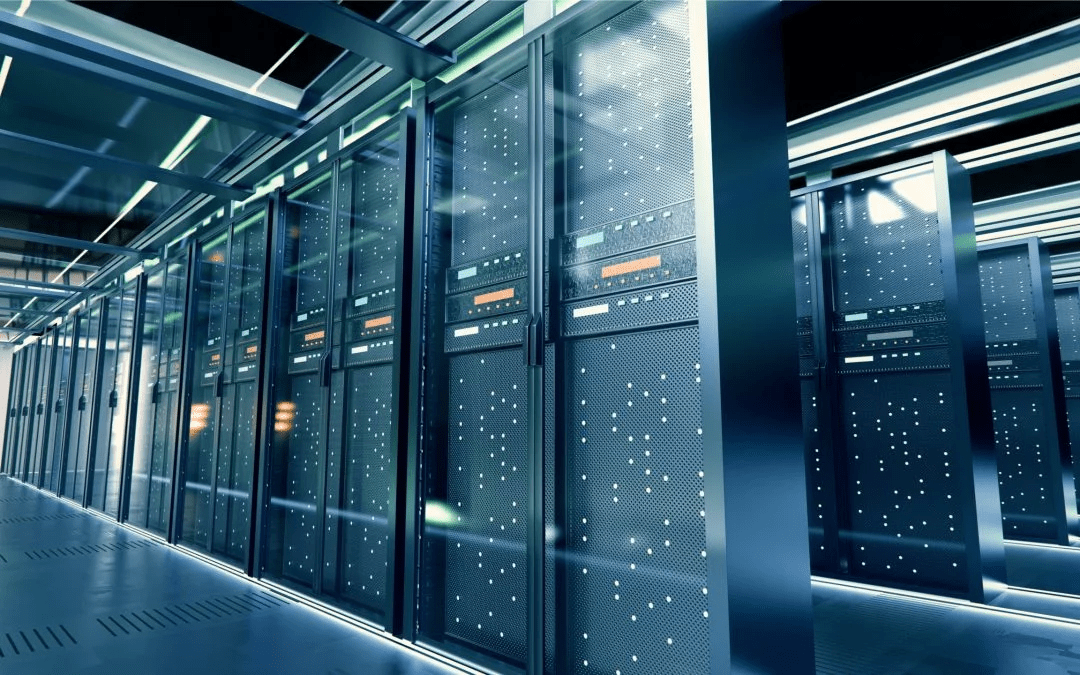Data center infrastructure management (DCIM) is the process of monitoring, managing, and optimizing the physical infrastructure of a data center. This includes the hardware, software, and environmental systems that support the data center’s IT equipment.
DCIM software can help Data Center managers to:
- Track the performance of IT equipment and environmental systems. This information can be used to identify potential problems before they cause outages or performance degradation.
- Optimize the use of power and cooling resources. This can help to reduce energy costs and improve the environmental impact of the data center.
- Plan for future growth and expansion. DCIM software can help data center managers to visualize the data center’s physical layout and plan for future changes.
- Ensure compliance with regulatory requirements. DCIM software can help data center managers to track and manage compliance with environmental and safety regulations.
DCIM is a valuable tool for data center managers who want to improve the efficiency and security of their operations. By using DCIM software, data center managers can:
- Reduce downtime and improve uptime. By tracking the performance of IT equipment and environmental systems, data center managers can identify and resolve potential problems before they cause outages.
- Increase energy efficiency. By optimizing the use of power and cooling resources, data center managers can reduce energy costs and improve the environmental impact of the data center.
- Improve security. By tracking and managing access to the data center, data center managers can help to prevent unauthorized access to sensitive data.
DCIM is a valuable investment for any data center that wants to improve its efficiency and security. By using DCIM software, data center managers can save money, improve performance, and reduce risk.
These five core elements are essential for the reliable and secure operation of any data center. By properly designing, implementing, and managing these elements, data center infrastructure management can ensure the availability and integrity of their data.
Here are some Additional details about each of the Five Core Elements:
- Power: The power infrastructure is the most critical element of the data center infrastructure. Without reliable and uninterrupted power, the data center’s IT equipment will not be able to operate. The power infrastructure typically consists of PDUs, UPSs, and generators. PDUs distribute power from the main electrical panel to the data center’s IT equipment. UPSs provide backup power in the event of a power outage. Generators provide backup power in the event of a prolonged power outage.
- Cooling: The cooling infrastructure is also critical to the reliable operation of the data center. The data center’s IT equipment generates a lot of heat, and if the heat is not properly managed, the equipment will overheat and fail. The cooling infrastructure typically consists of chillers, cooling towers, and air handlers. Chillers cool the water that is then circulated through the air handlers. The air handlers then blow the cooled air over the IT equipment.
- Physical security: The physical security infrastructure is essential for protecting the data center from unauthorized access. The perimeter security system typically consists of fences, walls, and gates. The access control system typically consists of card readers, biometric scanners, and guards. The video surveillance system typically consists of cameras that are monitored by a central station.
- Network infrastructure: The network infrastructure is responsible for connecting the data center’s IT equipment to each other and to the outside world. The network infrastructure typically consists of routers, switches, and firewalls. Routers route traffic between different networks. Switches connect devices on the same network. Firewalls protect the data center from unauthorized access.
- Data storage: The data storage infrastructure is responsible for storing the data center’s data. The data storage infrastructure typically consists of disk arrays, tape libraries, and backup systems. Disk arrays store data on disks. Tape libraries store data on tapes. Backup systems create backups of the data center’s data.
By properly designing, implementing, and managing these five core elements, data center managers can ensure the availability and integrity of their data.
Here are Some additional Benefits of DCIM:
- Improved visibility: DCIM software provides a single pane of glass view of the entire data center, which can help data center managers to identify and troubleshoot problems more quickly.
- Enhanced decision-making: DCIM software can help data center managers to make better decisions about capacity planning, power and cooling optimization, and disaster recovery.
- Increased compliance: DCIM software can help data center managers to track and manage compliance with regulatory requirements.
If you are a data center manager, I encourage you to learn more about DCIM and consider implementing a DCIM solution in your data center. It can help you to improve the efficiency, security, and performance of your data center operations.










